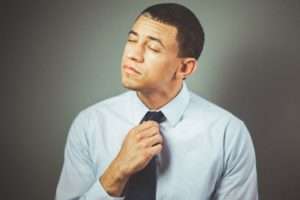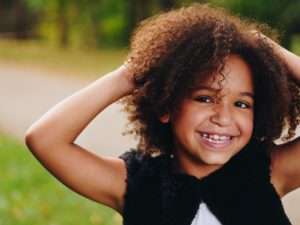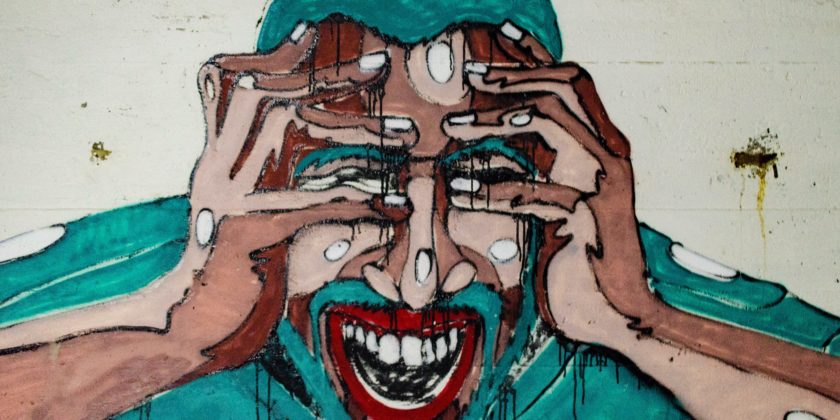“It does not mean you’re broken to have depression and anxiety. I would encourage you to speak out. Don’t hold it inside. Talk to friends. Talk to parents. If it’s available, go to a therapist.” This quote by Dan Reynolds is how millions of people feel every day of the year. This post, “5 Types of Anxiety Disorders: 5 Ways to Cope”, seeks to provide helpful information about anxiety.
Fear and anxiety are part of life. You may feel anxious before you take a test or walk down a dark street. This kind of anxiety is useful – it can make you more alert or careful. It usually ends soon after you are out of the situation that caused it. But for millions of people in the United States, the anxiety does not go away and gets worse over time. They may have chest pains or nightmares. They may even be afraid to leave home. These people have anxiety disorders1 . Types include:
- Panic disorder
- Obsessive-compulsive disorder
- Post-traumatic stress disorder
- Phobias
- Generalized anxiety disorder
Treatment can involve medicines, therapy, or both. This post, “5 Types of Anxiety Disorders: 5 Ways to Cope”, to provide helpful information about something that makes life miserable.
Panic Disorder2
Panic disorder is a type of anxiety disorder. It causes panic attacks, which are sudden feelings of terror when there is no real danger. You may feel as if you are losing control. You may also have physical symptoms, such as

- Fast heartbeat
- Chest or stomach pain
- Breathing difficulty
- Weakness or dizziness
- Sweating
- Feeling hot or a cold chill
- Tingly or numb hands
Panic attacks can happen anytime, anywhere, and without warning. You may live in fear of another attack and may avoid places where you have had an attack. For some people, fear takes over their lives, and they cannot leave their homes.
Panic disorder is more common in women than in men. It usually starts when people are young adults. Sometimes it begins when a person is under a lot of stress. Most people get better with treatment. Therapy can show you how to recognize and change your thinking patterns before they lead to panic. Medicines can also help.
Obsessive-Compulsive Disorder3
Obsessive-compulsive disorder3 (OCD) is a type of anxiety disorder. If you have OCD, you have frequent; upsetting thoughts called obsessions. To try to control the thoughts, you feel an overwhelming urge to repeat certain rituals or behaviors. These are called compulsions.
Examples of obsessions are a fear of germs or a fear of being hurt. Compulsions include washing your hands, counting, checking on things, or cleaning. With OCD, the thoughts and rituals cause distress and get in the way of your daily life.

Researchers think brain circuits may not work properly in people who have OCD. It tends to run in families. The symptoms often begin in children or teens. Treatments include therapy, medicines, or both. One type of treatment, cognitive behavioral therapy, is useful for treating OCD.
Post-traumatic stress disorder4 (PTSD)
Post-traumatic stress disorder (PTSD) is a real illness. You can get PTSD after living through or seeing a traumatic event, such as war, a hurricane, sexual assault, physical abuse, or a bad accident. PTSD makes you feel stressed and afraid after the danger is over. It affects your life and the people around you.
PTSD can cause problems like
- Flashbacks or feeling like the event is happening again
- Trouble sleeping or nightmares
- Feeling alone
- Angry outbursts
- Feeling worried, guilty, or sad
PTSD starts at different times for different people. Signs of PTSD may start soon after a frightening event and then continue. Other people develop new or more severe signs months or even years later. PTSD can happen to anyone, even children.

Treatment may include talk therapy, medicines, or both. Treatment might take 6 to 12 weeks. For some people, it takes longer.
Phobias5
A phobia is a type of anxiety disorder. It is an intense, irrational fear of something that poses little or no real danger.
There are many specific phobias. Acrophobia is a fear of heights. Agoraphobia is a fear of public places, and claustrophobia is a fear of closed-in places. If you become anxious and extremely self-conscious in everyday social situations, you could have a social phobia. Other common phobias involve tunnels, highway driving, water, flying, animals, and blood.
People with phobias try to avoid what they are afraid of. If they cannot, they may experience
- Panic and fear
- Rapid heartbeat
- Shortness of breath
- Trembling
- A strong desire to get away
Phobias usually start in children or teens and continue into adulthood. The causes of specific phobias are not known, but they sometimes run in families.
Treatment helps most people with phobias. Options include medicines, therapy, or both.
Diagnosis and Tests
- Mental Health Screening
 (National Library of Medicine)
(National Library of Medicine)
Treatments and Therapies
- Antipsychotic drugs a last resort for these five conditions (ADHD, Anxiety, Depression, Insomnia and PTSD) (Consumers Union of U.S.)
- Anxiety
 (National Center for Complementary and Integrative Health)
(National Center for Complementary and Integrative Health) - Anxiety Disorders and Effective Treatment (American Psychological Association)Also in Spanish
- Herbal Treatment for Anxiety: Is It Effective? (Mayo Foundation for Medical Education and Research)Also in Spanish
- Mental Health Medications
 (National Institute of Mental Health)
(National Institute of Mental Health) - Psychotherapies
 (National Institute of Mental Health)
(National Institute of Mental Health) - Treatment for Anxiety Disorders (Anxiety and Depression Association of America)
Living With:
- Anxiety Disorders: Support Groups (Anxiety and Depression Association of America)
- Depression and Anxiety: Exercise Eases Symptoms(Mayo Foundation for Medical Education and Research)Also in Spanish

- Exercise for Stress and Anxiety (Anxiety and Depression Association of America)
- Is It True That Certain Foods Worsen Anxiety and Others Have a Calming Effect? (Mayo Foundation for Medical Education and Research)Also in Spanish
- Tips to Manage Anxiety and Stress (Anxiety and Depression Association of America)
Jay Harold hopes you enjoyed this post, “5 Types of Anxiety Disorders: 5 Ways to Cope”. Please Share it and read more about Jay Harold here. Please take this advice from Muhammad Ali and give back to others. “Service to others is the rent you pay for your room here on earth.”
Bibliography




